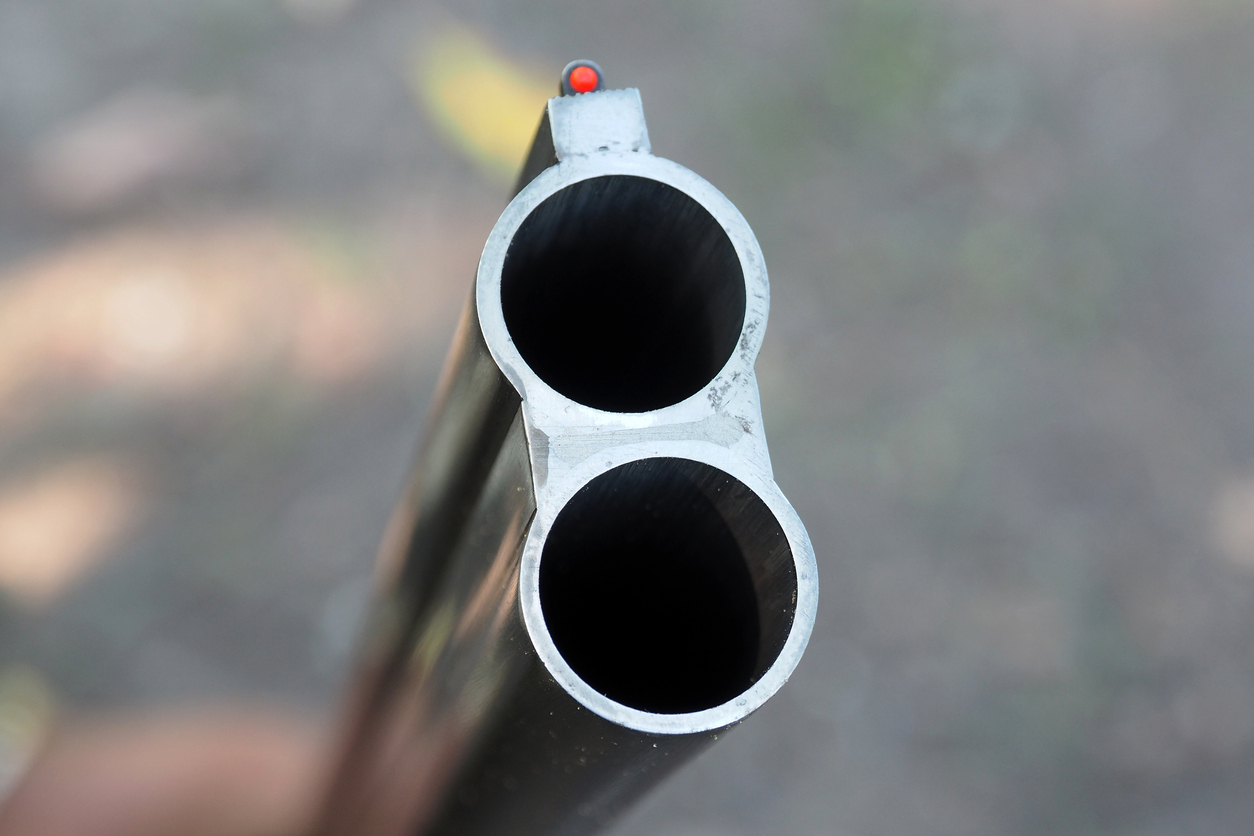According to the Gun Violence Archive, the United States has seen 293 mass shootings this year, which are defined as any event involving the shooting of four or more people other than the assailant. (This is before shooting that took place at the Highland Park parade.) This compares to 309 in the same period last year, but is significantly higher than 240 in 2020.
Following recent shootings, including the murder of 19 children and two teachers at a Texas elementary school last month, the United States' worst school shooting in nearly a decade, demand for such insurance has increased.
Victim lawsuits, building repairs, legal fees, medical expenses, and trauma counseling are typically covered by active shooter insurance.
"We haven't been as busy as this in a long time," said Chris Parker, Head of Political Violence and Deadly Weapons Protection at Lloyd's of London insurer Beazley.
Parker stated that the insurer has seen a 25 percent increase in revenue for its deadly weapon policy this year, as well as a 30-35 percent increase in inquiries and a 10-15 percent increase in rates, due to the increasing number and severity of gun attacks.
He stated that clients are now purchasing insurance to cover losses ranging from $5 million to $10 million, up from 1-3 million four years ago.
Policyholders can typically pay tens of thousands of dollars for one million dollars of coverage. Schools, municipalities, houses of worship, bars, and restaurants are among Beazley's clients.
Other buyers include marathon organizers, rodeos, livestock shows, concerts, Fourth of July parties, and Pride marches. According to sources, Beazley is one of the largest players in the space, along with other Lloyd's of London insurers.
According to insurers, there has been an increase in violent attacks on hospitals and healthcare institutions as families of people who died as a result of the pandemic look for someone to blame.
As the cost of living rises, inflation is seen as a driver of violent acts.
According to Chris Kirby, head of political violence coverage at insurer Optio, demand for the insurance typically increases following major attacks.
"This was the case after 9/11, and it was the same after the rioting and violent civil disturbances that occurred in the United States over the last few years, and we are seeing the same increase in demand following the recent spate of mass shootings."
Church Mutual, a leading insurer of religious organizations in the United States, reported a 10-15 increase in inquiries about armed intruders and mass shootings, as well as an increase in service requests.
Church Mutual has seen an increase in demand for its "Pull for police device," which allows a customer to pull a tab, alerting law enforcement to an armed intruder event.
Clients of Church Mutual include food banks and childcare centers.
'More extravagant'
According to insurers, the cost of an active shooter insurance policy varies depending on location, safety protocols, and the state's gun laws.
According to Tarique Nageer, managing director, terrorism and political violence at insurance broker Marsh, insurers are already charging schools, healthcare institutions, and retail establishments more for coverage, and prices in general are 5 to 10 percent higher than last year.
The majority of organizations, however, do not have insurance against such attacks.
"The increase could become even more exorbitant if any of the institutions that had active shooter losses or claims had insurance," Nageer said.
Insurance buyers said they needed to fight hard to keep rates low.
According to Scott Feltham, group insurance manager for catering group Compass, you can generally aim to minimize rate increases through thorough and pointed negotiations, as well as reminding underwriters that this is a competitive market.













